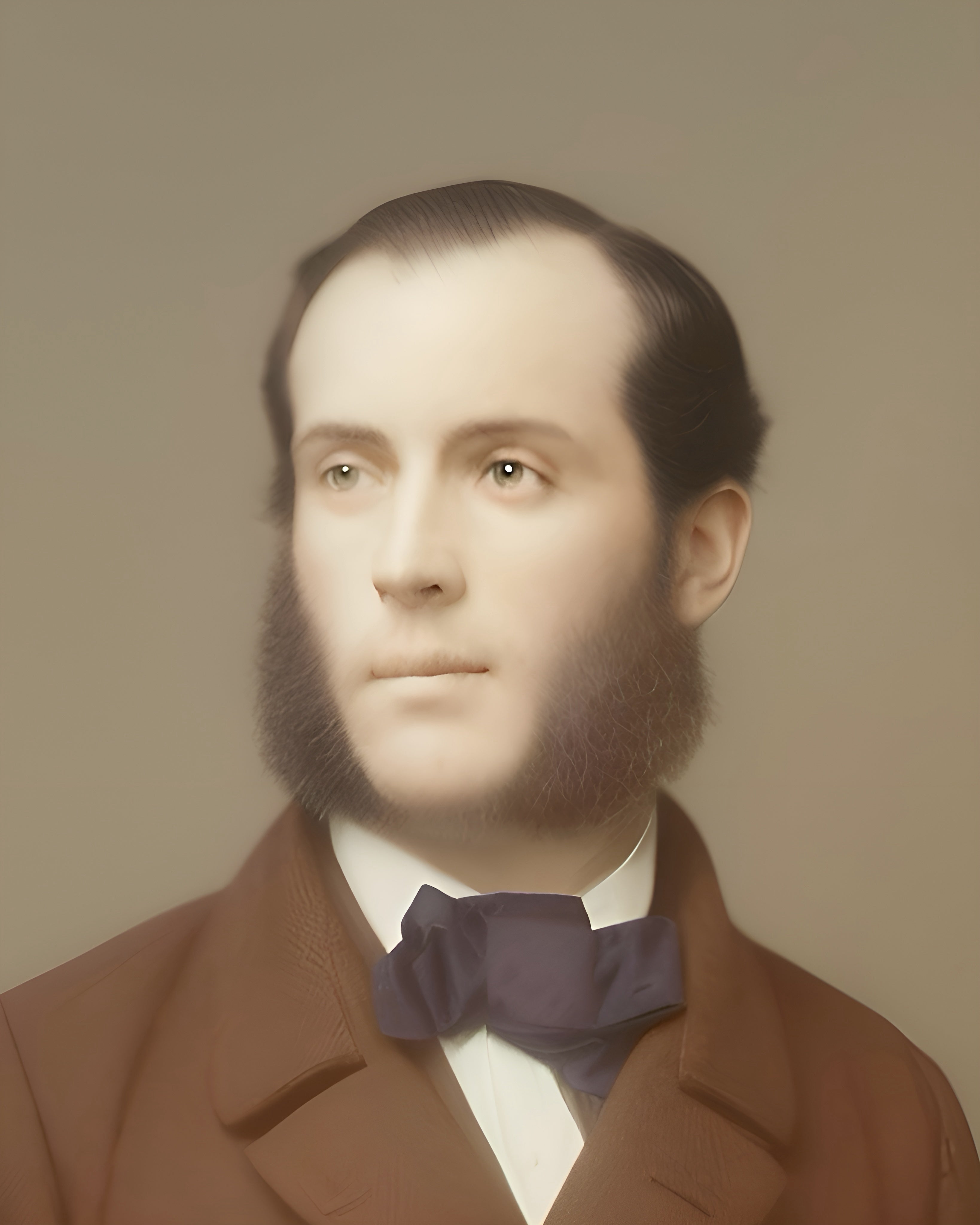
Frederic Edwin Church

Frederic Edwin Church (1826-1900) was a prominent American painter known for his vast and detailed representations of exotic and monumental landscapes. As a key member of the "Hudson River School", he was a disciple of Thomas Cole, from whom he inherited his focus on the majesty of nature, but took his work a step further with a more international approach. Church was deeply inspired by the ideals of romanticism and luminism, seeking to capture not only the beauty of the landscape but also the light and atmosphere in a precise manner. His most iconic painting, "The Heart of the Andes" (1859), showcases a detailed and monumental South American landscape, a result of his travels abroad, reflecting his fascination with nature in its purest form.
On a personal level, Church married Isabel Carnes in 1860 and together they had six children, although sadly two of them died young from diphtheria. This tragic event marked Church's personal life, and after the death of his children, he acquired a farm in Hudson, New York, where he built his famous Olana mansion, reflecting his deep interest in design and architecture.
Church's work influenced painters like Albert Bierstadt and Martin Johnson Heade, who shared his interest in monumental landscapes and capturing natural light. His paintings also influenced the evolution of American impressionism, although Church maintained a more precise and realistic technique. Throughout his career, his works stood out not only for their visual splendor but for their ability to inspire reflection on nature and the expansion of the world in the viewer. Moreover, his work helped shape and appreciate America's natural wealth and was crucial in consolidating the importance of landscape art in the cultural development of the United States.

